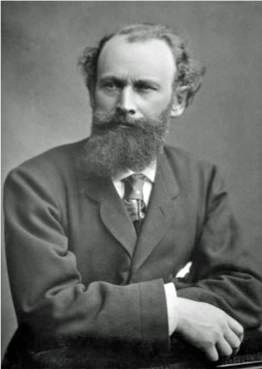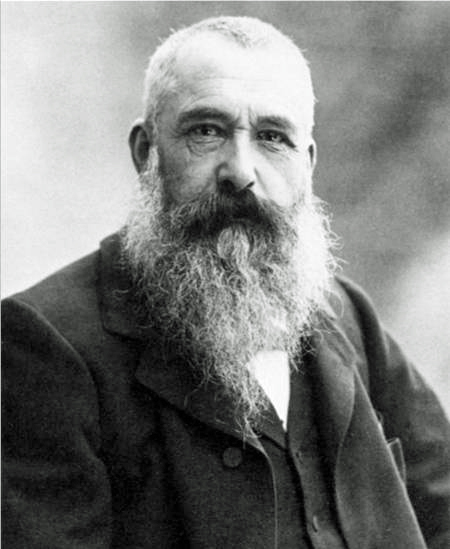 Édouard Manet |
Baudelaire and the Impressionist Revolution |
 Claude Monet |
|
|
Gustave Caillebotte's Art CollectionGustave Caillebotte died prematurely in 1894 of pulmonary congestion and was interred in the Père Lachaise Cemetery in Paris, France. Even though he died at an early age, he had already prepared a will many years previously, in 1876. The following is an English translation of an excerpt from his will: I leave to the State the paintings in my possession; however, as I want this gift to be accepted, and in such guise that these paintings not end up in an attic [storage room] or a provincial museum but rather in the Luxembourg and later in the Louvre, a certain lapse of time will be necessary before the execution of this clause, until the public may, I do not say understand, but admit this painting. Twenty years or so might be required; in the meantime my brother Martial, or failing him another of my heirs will keep them. I ask Renoir to be my testamentary executioner and to accept a painting to be chosen by him; my heirs will insist that he take an important one. Made in duplicate in Paris 3 November 1876. At the time of his death, Caillebotte possessed a collection of 68 paintings that were to be bequeathed to the French government. The collection included 66 important works by almost all of the major Impressionist painters discussed elsewhere at this web site. Unfortunately, only 40 paintings were accepted by the French authorities; the remaining 28 paintings remained in private hands and most were ultimately purchased by Albert C. Barnes, and are now held by the Barnes Foundation of Philadelphia. The following table provides a numerical breakdown by artist:
At the time of Caillebotte's death in 1894, Impressionist painting was still largely condemned by the artistic establishment of France. Being aware of this, Caillebotte realized that the paintings in his collection would likely disappear into "attics" and "provincial museums". Therefore, he stipulated that his collection must be displayed in the greatest of the Paris art museums, first in the Luxembourg Palace (devoted to the work of living artists), and then in the Louvre. Of course both the Louvre and the Luxemburg Palace had only limited space and only the best paintings were allowed to be displayed there. Because of this stipulation, the French government would not agree to the terms. In February 1896, the government reached an agreement with Pierre-Auguste Renoir (the will's executor) and Martial Caillebotte (Gustave's brother and heir) under which they took thirty-eight of the paintings to the Luxembourg and two paintings (by Millet) to the Louvre. The remaining twenty-seven paintings (one had been taken by Renoir in payment for his services as executor) were offered to the French government twice more, in 1904 and 1908, and were both times refused. When the French government belatedly attempted to claim them in 1928, the bequest was repudiated by the heir at that time, the widow of Martial Caillebotte's son. The 38 Impressionist paintings that were accepted for the Luxembourg Palace are now on display in the Musée d'Orsay in Paris and form the core of that museum's Impressionist collection. None of Caillebotte's own paintings were included in the legacy. However, forty of Caillebotte's own works are now held by the Musée d'Orsay. Many of Caillebotte's paintings have become quite valuable. For example, in the year 2000, one of his paintings entitled Man on a Balcony, Boulevard Haussmann (1880) sold for more than $14.3 million!
|
|
|